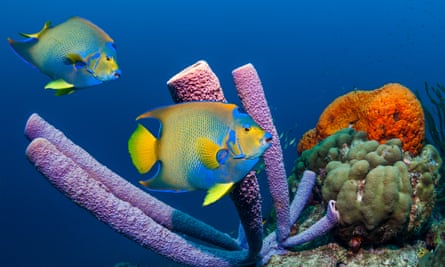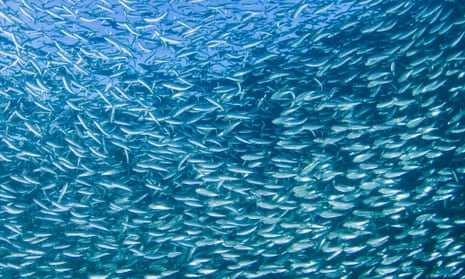There are plenty of fish in the sea, but “ugly” fish deserve love too, according to a study.
The reef fish people rate as most aesthetically pleasing are also the ones that seem to need the least conservation support, while the fish most likely to rank as “ugly” are the most endangered species, the research has found.
“There is a need for us to make sure that our ‘natural’ aesthetic biases do not turn into a bias of conservation effort,” said Nicolas Mouquet a community ecologist at the University of Montpellier, and one of the lead authors of the study. This discrepancy between aesthetic value and extinction vulnerability could have repercussions in the long run, he said.
Mouquet’s team first conducted an online survey in which 13,000 members of the public rated the aesthetic attractiveness of 481 photographs of ray-finned reef fish. The scientists fed the data into an artificial intelligence system, enabling them to generate predictions for how people would probably have rated a total of 2,417 of the most commonly known reef fish species from 4,400 different photographs.
The combined results suggested that bright, colourful and round-bodied fish species – such as the queen angelfish and the striped cowfish – were most often rated as more “beautiful”. But they were also the less “evolutionarily distinct” species – meaning they are more similar, genetically, to other fish.

Fish species that were lower in the aesthetic rankings and were deemed “uglier” by the public – usually “drab” fish, Mouquet notes, with elongated body shape and no clearly delineated colour patterns, like the telescopefish or the round herring – were also more ecologically distinct, at greater ecological risk, and listed as “threatened” on the International Union for Conservation of Nature Red List.
The more “unattractive” species have adapted to look this way because they often live in the water column and have to hide within a more homogeneous habitat, but this also makes them of greater commercial interest and more likely to be overfished, according to the study, published in PLOS Biology.
“Our study highlights likely important mismatches between potential public support for conservation and the species most in need of this support,” said Mouquet. He noted that biases in conservation efforts have been documented for many different types of animal species – for example vertebrates are much more represented in research than invertebrates – and aesthetic value is often an important underlying factor in these preferences.
“Species such as clownfish and colourful parrotfishes are definitely the easiest for people to connect with … and it makes sense why they are often used as the figurehead of conservation efforts,” said Chloe Nash, a researcher of biogeography of marine fish at University of Chicago, who was not involved in the study. “But the majority of fish biodiversity is actually composed of species that would not be considered to be ‘aesthetically beautiful’.”
While aesthetics are recognised as a fundamental ecosystem service, they’re often underestimated for their effect on policy and conservation decisions, said Joan Iverson Nassauer, a scholar of landscape ecology at the University of Michigan, who was not involved in the study. “This research vividly quantifies the power of aesthetic experience to affect science and management,” said Nassauer. In future research, to avoid simplification, it would be helpful to consider how test participants would rank fish in their landscape context out in the wild, and at their natural size, she said.
